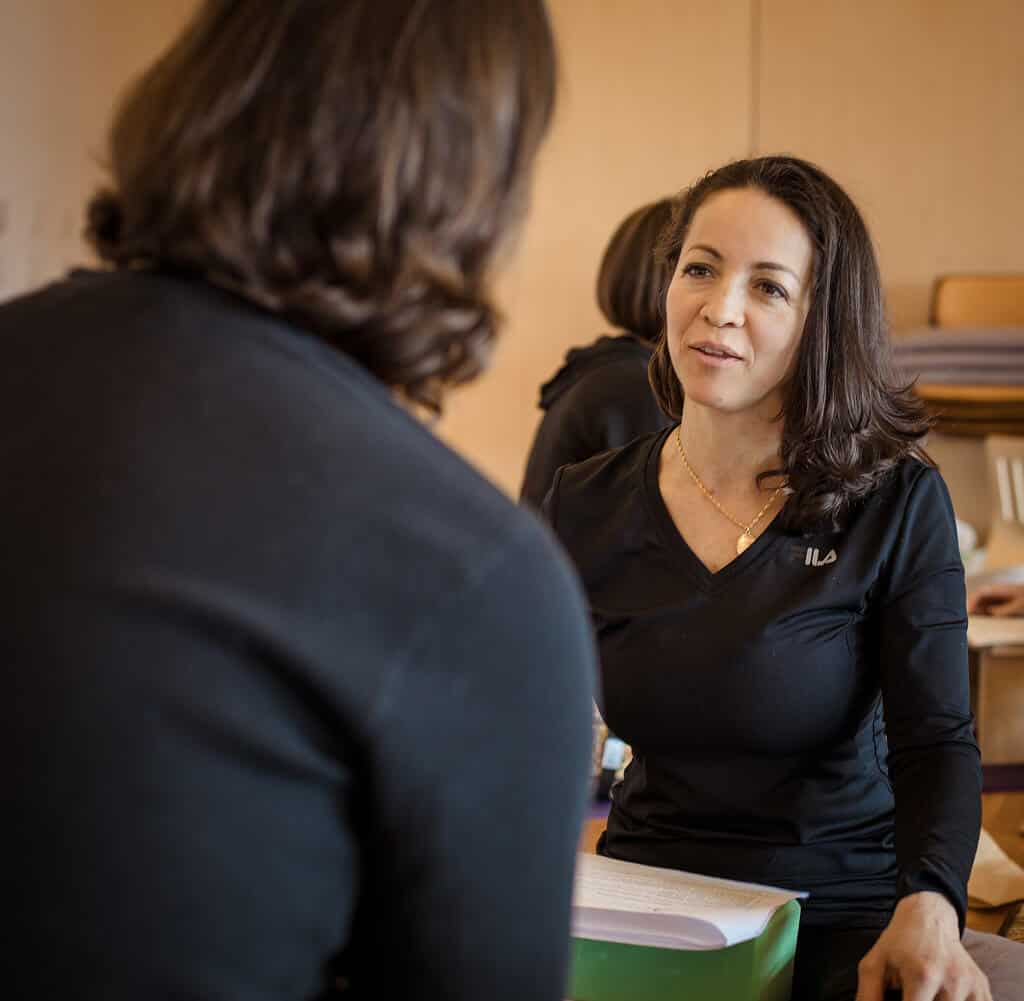In the weekend portion of this module, “Bliss & Wisdom, Yoga Therapy for the Innermost Self,” we look at the Vijnanamaya and Anandamaya Koshas. Students will learn advanced assessment and practices to address issues related to the Wisdom and Bliss Bodies. Students will learn preparatory practices to facilitate access to these areas of the self. The chakra-based model for Vijnanamaya Kosha will be taught. Students will also learn more advanced practices for Ananamaya Kosha and how to share this information with diverse populations.
This course offers a practical overview of Ayurvedic Principles as they relate to yoga therapy. Students will gain the knowledge of Ayurvedic lifestyle guidelines as they relate to dosha diagnosis. Students will also learn to apply ayurvedic informed asana and pranayama. Shatkarma (cleansing) techniques will be taught with specific guidance on when these practices are most beneficial and how they might be offered to clients.
Additionally, pulse and tongue assessment can provide much clarity to the Yoga Therapist when used correctly. In this course, students will learn the theory and practice of pulse and tongue assessment as it relates to the BDYT assessments taught in the Foundations Program. Students will complete this unit with the ability to confirm and add to assessments using these 2 techniques.
The inner Koshas are the Wisdom and Bliss Bodies (Vijnanamaya and Anandamaya Koshas). Suffering can often have its roots in these koshas, but it can be unclear how to shift practice appropriately to create positive client outcomes. In this course, we will look at the subtler shifts in practices for these koshas. Students will learn how to identify signs that they need to shift their client’s meditation practices related to these koshas as well as, effectively choose practices best suited to their clients. Students will examine teaching styles and language to educate clients from differing backgrounds. Case studies will be presented for clarity.
